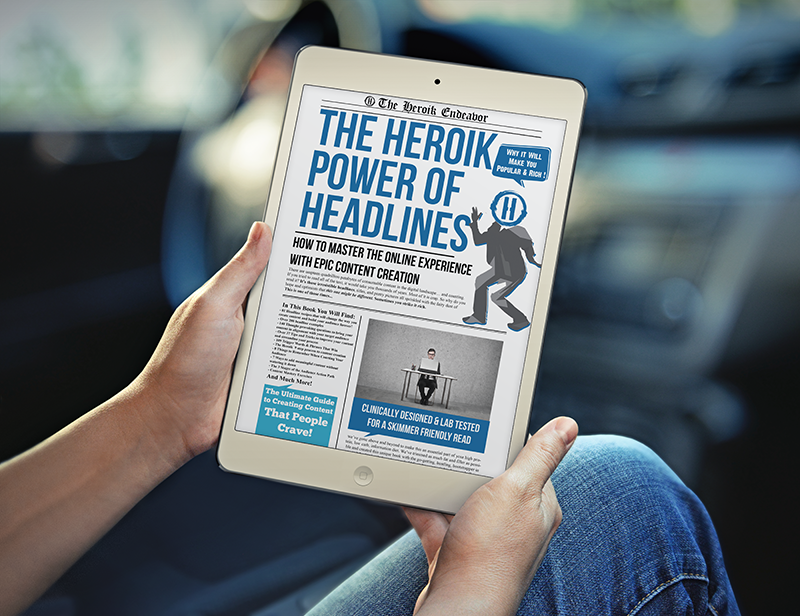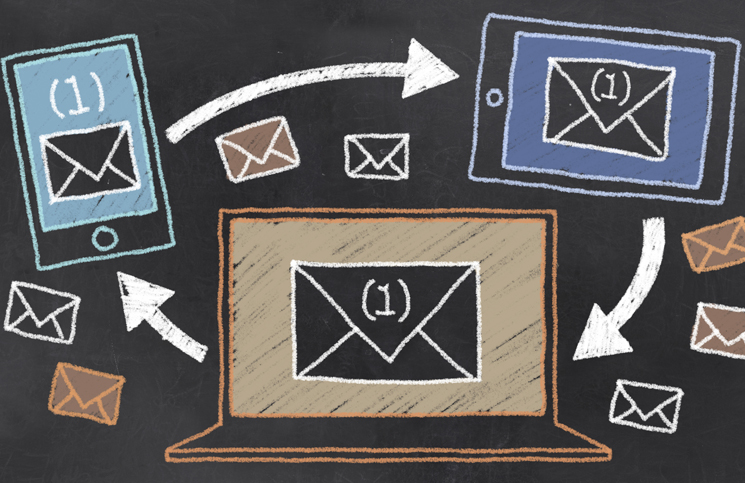Meeting someone once or twice is pretty easy. Creating a robust professional relationship requires work and TLC. You can run into the same person at a mixer or 3. Connecting in meaningful ways, or even reconnecting, proves to be an elusive skill for most. If you’re looking to reconnect with contacts you’ve met once or twice, or colleagues you know but don’t see often due to your schedule or theirs – look no further. Here’s a sure fire, 8 step, simple formula to get back on their radar. The trick involves sending an email from your account, adding personal context, an invitation for them to share with you, and give visual bullets of what you’re interested in sharing with them. This doesn’t work if you are trying to spam all of your contacts. However, this can be very effective if you’re sincerely trying to reconnect and maintain or grow a healthy, professional relationship. Read on!
1. Start with the personal context and add value upfront
- Where you last met
- What you last talked about
- A sincere compliment
- Most importantly, any opportunities you are aware of that might be a fit for them.
This is the only section of the email you need to personalize. The rest of the email can be canned, copied and pasted or used as a template. Don’t take this part too lightly. It has to be well thought out and bring some value to those who receive it. More on what to include in this section, below.
2. Remind them that you would like to hear about anything they’re exploring or interested in.
It sounds obvious but people need reminders that good relationships are those where the communication goes 2 ways. Asking them to meet or write back to discuss their interests makes for an easy and clear reminder of your commitment to a genuine connection. For people whom I like and respect, it’s always fun to read about what they are wrapped up in and passionate about. If you invite them to reply directly to the email, then they are less likely to perceive it as spam.
From here on in, the rest of the email can be templated with the request for meeting, a few visuals and updates. Read on.
3. Set up a commitment that is fits your time budget and theirs.
Ask them to connect with you via email and/or a face to face meeting. Be sure to specify how you want to connect with the recipient next.
- Use something quick, casual and respectful of their time – like coffee, a simple email update, or seevogh video conference for those far away.
- Note* I don’t like the video quality on Skype and Google hangouts. Seevogh looks great and just works.
- Use discernment. Some people are currently worthy of an hour and a cup of coffee. Others may not be such a good fit for that amount of time, yet. Many will try to hijack your time. Focus on saving the face time for the contacts who would benefit from hearing from you (and you from them).
- Use email or a phone call with those you’re unsure about or want to get to know better
- Don’t offer a face to face coffee meeting with anyone you feel may be a bad prospect or waste of your time. It’s fine to encourage personal relationships but it’s important to develop a skill of cultivating professional relationships that are of value to your endeavors. Time is a finite resource – be mindful of where and with whom you invest yours
- Budget for business sense – Be sure to differentiate the email accordingly. Swap/add the line about a coffee meeting where/when appropriate.
4. Use visuals with links to tell them 2-3 things that you’re working on and excited about, and genuinely want to share with them.
For the visuals, use these dimensions (560 x152 px). These look great on a smartphone or tablet. As for the visuals, if you’re not good at photoshop, use canva (here’s a link). It’s super easy and cheap if not free. Here’s an example that links to the book:

It’s small, relevant and useful. It instantly conveys the idea, in this case that our book is finally out.
5. Give them 1-2 sentences that explain any value or relevance of each item to them.
Studies have shown that text beneath buttons drives up click rates. So if your visual is a button, throw some text underneath. Or sandwich content around it. This has multiple purposes. Sometimes for different reasons, the images in an email don’t load. Spam filters and the like get in the way. So be sure there is enough context and links in the text so that it’s still useful to the reader. Here are some examples:
I was speaking with John Miller, TED talker and President of Miller Honey Farms and Stinger Energy fame – when I came up with this article.

And I helped him tailor his talk for the business crowd. Check out this post.
This is one of my favorite blog posts because the tools are great and they scale for any business, startup or nonprofit. Check them out.
Did you know there’s an optimum level of ambient noise to maximize creative thinking? There is.
In our Innovation Lab we created a 25 minute audio download of some productivity inducing ambient cafe audio for your listening pleasure. It’s in our store but if you use the promo code “iamheroik” (no quotes) you can get it for free.
I finally got this book out there. I just updated the ebook and we’re going to print hopefully in time for the holidays. It’s based on 1 thing that every business can do to improve their content, outreach, engagement and interaction.
I’d love it if you bought a copy of the ebook and shared your thoughts with me. If I implement any additions based on your recommendations, I’ll be sure to give you credit and I’ll also send you an autographed print copy when it’s available.
6. Add a subject line with a curious and aspirational question, or reveal your own intrigue.
A few examples that I have used:
- How are things progressing? – This is great for ambitious business contacts
- How are things movin’? – This is more for the personal/casual crowd
- I’ll be blunt, I want to know more about you and XYZ – This is for the direct approach
7. Send it from your personal email address.
- That’s right your email address. Not Aweber, mailchimp, constant contact and the like, but your personal email address. People respect those who are willing to put their ass on the line. This is the required level of integrity and authenticity to get your message read. Much of everything else is spam.
8. Send this kind of email at most, once a month… and DON’T call it a “Newsletter!”
The point is to cultivate a genuine relationship, not to over email your way to the spam folder. So consider doing this quarterly or at most monthly. Quarterly is easy enough for anyone.
Bringing it all together.
- Assemble your list. This can be a database, excel spreadsheet or Streak CRM pipeline, or a stack of business cards.
- Write the generic template in a Google Doc. Insert the pictures as well. Note about MS Word – MS Word doesn’t play nice with the web email. The formatting issues create problems. Avoid them altogether and use Google Docs (basically a text editor).
- Copy that content to your clipboard.
- Select one name from your database.
- Compose a new email. Add your personalized introduction.
- Paste your template content.
- Add your catchy, intriguing subject line that feeds their curiosity, aspiration and guilt.
- Add the recipient’s address. Doing this last prevents you from prematurely sending the email. Trust me on this. Get use to addressing email last. It will save your bacon in several other circumstances as well.
- Press the send button.
3 Common Objections That Feed Your Desire to Put Off and Avoid Doing This At All Let Alone Doing it Right… and How to Overcome Them
Objection 1: But that takes too much time! Doesn’t it?
I know. This takes time right? Exactly. You know it and they know it too. It’s almost as if you’ll have to think about who you’d want to send this to instead of spamming a contact list. It’s almost as if you’ll have to think critically about your network and the size and scope of which you can successfully cultivate, reach out to and maintain. In fact it is so. This will likely result in you sending fewer emails, but for a much better return. Carving out a little time each week to do this, especially when much of it is copy and paste, is a breeze.
Objection 2: It’s a commercial message sent from me personally? Won’t they think that I’m a total spammy jerk?
Nope. Here’s why:
You went out of your way to serve them first. You reminded them of your shared context, some opportunities for them. You invited them to send you stuff and connect face to face in return. You then sprinkled in some things that you love, are passionate about and interested in. And finally you explained how it could be relevant and useful to them. That’s how it’s supposed to work. That’s awesome, recipient centric, good ole Heroik communication in action.
Objection 3: I don’t know if these commercial messages are good enough?
If you’re willing to tie your work to your personal brand, then it is likely an extension and measure of the integrity with which you practice. If you don’t love your commercial messages, and are reluctant to put your name on them, then why are you selling them in the first place? Know your craft/product and be confident in communications or find a better craft/product.
If the commercial messages do not feel like they are a fit for the recipient, then find some others that are. Serve the recipient first. Reconnect and build a better relationship first. Focus on aiding their success first and you’ll have plenty of clients in no time. There’s plenty of time to sell down the road when you’ve established yourself as a trusted advisor.
The point is to service the relationship, and make your audience, contacts, colleagues and friends aware of some things you’re doing. The point of this is not to close a deal in the email. If it happens, great, but this isn’t the only measure of success you want to measure.
This is where ABC (Always Be Closing) attitudes really work against you. I don’t know about you, but I’m more effective at closing deals face to face versus email. If you’re not willing to close your deals face to face, the deals are likely too small in the first place.
How to Get it Wrong, Fail Miserably and Waste More Time.
- Use your personal email address with mailchimp/constant contact/aweber etc. My SPAM folder gets messages from CEO’s personal email addresses that I know, like and trust. However, when I receive SPAMMY emails from them, I lose some of that respect immediately. Many of these emails are automated spam that have nothing to do with me whatsoever. Their emails then become unreliable and consequently are ignored. I let them know from time to time and surprise, surprise, they’re not manning their own inbox
- Sending email too frequently – Send at most, once per month. If you have tons of contacts, take time each week to catch up with them quarterly
- Hint of Sales breath and desperation in your email – Be sure you’re providing something of value (or at the very least, something of interest). Also, make sure the only thing you ask for is some time (coffee, seevogh session, or email) to hear about what’s happening in their world. Remember, the whole purpose of this exercise is to cultivate your relationship. It’s NOT to sell them something
- Create a catchy title with the phrase newsletter in it – I’m not saying you can’t create a good newsletter, but I believe a personal email is more likely to get read than an email newsletter. If you’re interested, feel free to ask me about making better newsletters that get read. In the meantime, consider making better use of the email address and personal brand. I think there’s plenty of untapped value there
- BCC’ing a list, without personalized intro to the recipient – This is a one click trip to the SPAM folder.
Conclusion
You may have noticed a plug for The Heroik Power of Headlines in this post. And…speaking of… since this isn’t an email, I can pander for your support and dollars. If you haven’t already, please buy my book, I owe people money 🙂
I hope this article serves you well. We work hard and Heroikly to demonstrate some value upfront. I’d love to know your thoughts on this topic. Please comment below or email me: nmcgill@getheroik.com.








0 Comments